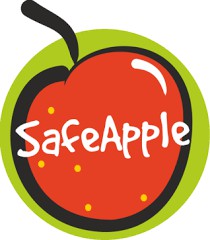
With the SafeApple project, and through the use of more ecological methodologies that have already been studied and developed on a laboratory scale, the aim is to preserve the distinctive quality characteristics of the Alcobaça apple for a longer period of time. The aim is also to increase the value of this product, since the availability of high-quality, safe fresh fruit for longer will make it possible to increase the volume of exports and conquer new market niches. The main objective is the long-term preservation of the quality attributes of the Alcobaça apple, with the aim of obtaining fruit with zero residues in terms of the application of post-harvest products. To fulfil this objective, it is proposed to:
1.To assess the influence of various cultural techniques and pre-harvest treatments on the fruit’s resistance to physiological changes and pathologies during the conservation period, including irrigation, fertilisation, calcium application and pollination tests.
2. Apply methodologies for long-term conservation (6-8 months), namely: controlled atmospheres (CA) and dynamic controlled atmospheres (DCA).
3. Applying post-harvest treatments other than chemical ones, such as calcium solutions, bioactive coatings and moderate heat treatments, both in pilot-scale trials and industrial-scale trials.
4. Increase shelf life. The influence of each of the treatments applied on fruit quality during shelf life will be assessed.
In general, by optimising the application of cultivation techniques, the aim is to increase the intrinsic resistance of the fruit to the development of pathologies and physiopathies, thus favouring its preservation capacity.
This, combined with the use of alternative preservation methods to chemicals, will make it possible to obtain a differentiated product with zero waste in terms of the application of post-harvest products. All these aspects mean that the product will be more highly valued, due to the consumer’s recognition of its quality and safety, which will also make it possible to increase market shares and penetrate differentiated market segments.From the Faculty of Sciences of the University of Lisbon (FCUL), members of the Plant Biotechnology Centre (CBV, CESAM Lisboa, FCUL) are taking part in this partnership.